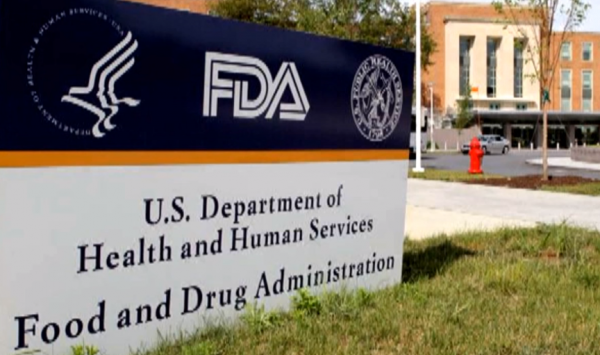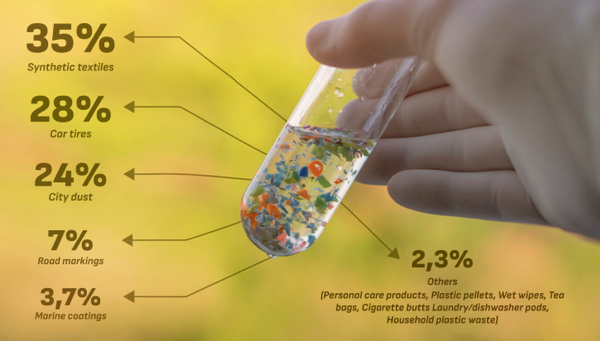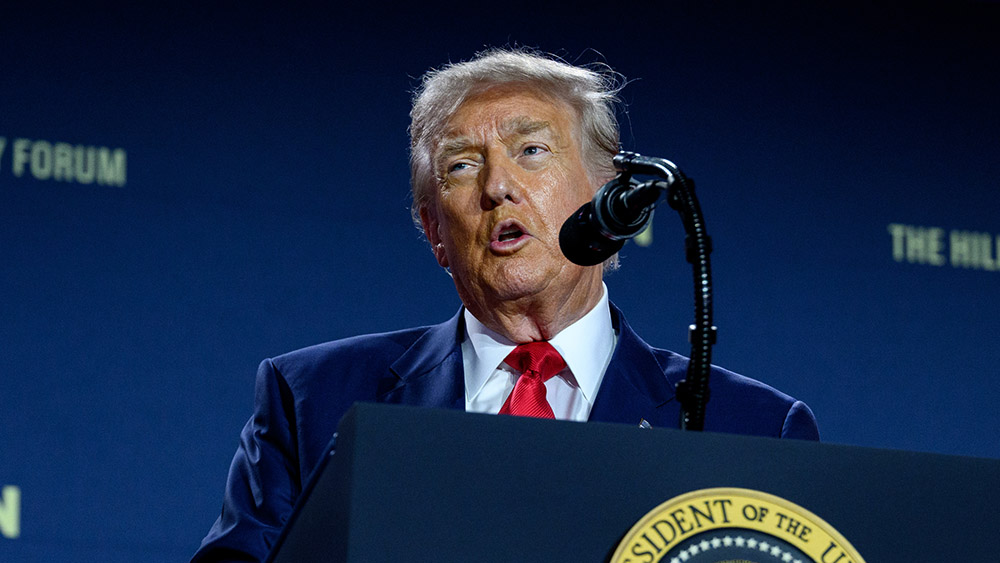- The FDA was established in response to Upton Sinclair's exposé of the meatpacking industry in "The Jungle," leading to the Pure Food and Drug Act, the first major legislation aimed at regulating food and drug safety.
- Following a major drug poisoning incident, the Food, Drug and Cosmetic Act was passed in 1937, establishing the modern FDA framework that requires drug manufacturers to prove product safety before sale.
- Today, the FDA oversees about one-quarter of the U.S. economy, regulating a wide range of products from food and drugs to medical devices and cosmetics, with significant influence over public health and the economy.
- The FDA faces ongoing controversies, including political pressures, industry influence and conflicts of interest, particularly in drug approval processes and the handling of cases like Rezulin and Erbitux.
- The 1997 decision to allow direct-to-consumer advertising of prescription drugs has transformed the agency's role, raising questions about consumer manipulation, healthcare costs and the FDA's broader impact on public health and societal norms.
The
Food and Drug Administration (FDA), one of the most influential agencies in the United States, has a storied history that spans over a century. Today, the FDA stands at the intersection of science, politics and business, tasked with ensuring the safety and efficacy of the products that touch nearly every aspect of American life. From the food on the plates to the medications in the medicine cabinets, the FDA's role is both critical and complex. But beneath the surface of its reassuring seal lies a world of intricate challenges and controversies.
In 1906, the FDA was born out of public outcry following Upton Sinclair's expose of the meatpacking industry in "The Jungle." This led to the passage of the Pure Food and Drug Act, the first major legislation aimed at regulating the safety of food and drugs. However, the act was riddled with loopholes and did little to curb widespread fraud and dangerous practices.
It wasn't until 1937, when the Massengill Company's "Elixir Sulfanilamide" caused a mass poisoning, killing over 100 people — mostly children — that Congress passed the Food, Drug and Cosmetic Act. This act established the modern framework for the FDA, requiring drug manufacturers to prove the safety of their products before they could be sold.
Today, the FDA oversees approximately one-quarter of the U.S. economy, regulating everything from pet food to pacemakers and from lipstick to lettuce. Its power and influence have grown exponentially, driven by public health crises, political pressure and scientific advancements. Behind the scenes, the FDA is staffed by a corps of dedicated scientists, doctors and reviewers. However, their role is not just scientific;
they are also bureaucrats and politicians, and sometimes they are caught in the running battles between the FDA and Big Pharma and Big Food.
One of the most controversial aspects of the FDA's history is its handling of drug approvals. For instance, the diabetes drug Rezulin, approved in 1997, despite warnings about its potential to cause liver toxicity, was linked to over 60 deaths three years later, leading to its withdrawal from the market.
Fran Hawthorne, in her book "
Inside the FDA: The Business and Politics Behind the Drugs We Take and the Food We Eat," highlights how the concerns of FDA scientists were often dismissed or even punished, raising questions about the agency's internal dynamics and the influence of industry pressures.
Another notable case is Erbitux, a cancer drug that became a political football. The FDA initially rejected Erbitux, citing insufficient data, but this decision was met with fierce criticism from Congress and the drug's manufacturer, ImClone. The agency's subsequent decision to transfer the review of Erbitux to a different center, perceived as more industry-friendly, raised suspicions of political influence and industry pressure.
The
pharmaceutical industry's influence on the FDA is a recurring theme. The industry wields significant power through lobbying, funding patient advocacy groups and user fees that help fund the FDA's operations. The "revolving door" phenomenon, where FDA officials move between the agency and the industry, further complicates the relationship. Critics argue that this relationship can lead to conflicts of interest and undermine the FDA's impartiality.
One of the most transformative changes in the FDA's landscape was the 1997 decision to allow direct-to-consumer (DTC) advertising of prescription drugs. This move has had a profound impact on how Americans perceive and use medications. DTC ads are often criticized for being overly persuasive and misleading, promising miracle cures while downplaying side effects. Critics argue that DTC advertising turns medicine into a commodity, manipulates consumers and drives up healthcare costs. However, proponents contend that it empowers patients by providing information and encouraging them to seek medical care.
The FDA's evolving role extends beyond drug approvals and DTC advertising. It must now grapple with the broader implications of its decisions, from the cost of medicine to the ethics of new technologies, and from public health impacts to societal norms. The agency faces the daunting challenge of adapting to rapid scientific advancements, navigating political pressures and balancing the interests of industry, consumers and public health.
Watch this video discussing in detail Fran Hawthorne's seminal work "Inside the FDA: The Business and Politics Behind the Drugs We Take and the Food We Eat."
This video is from the
Bright Learn channel on Brighteon.com.
Sources include:
Brighteon.ai
Brighteon.com












